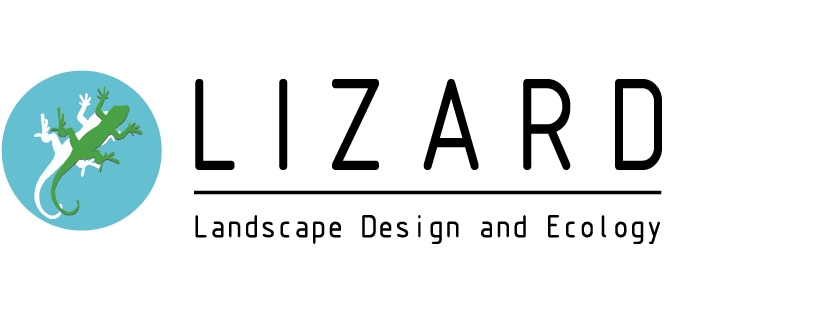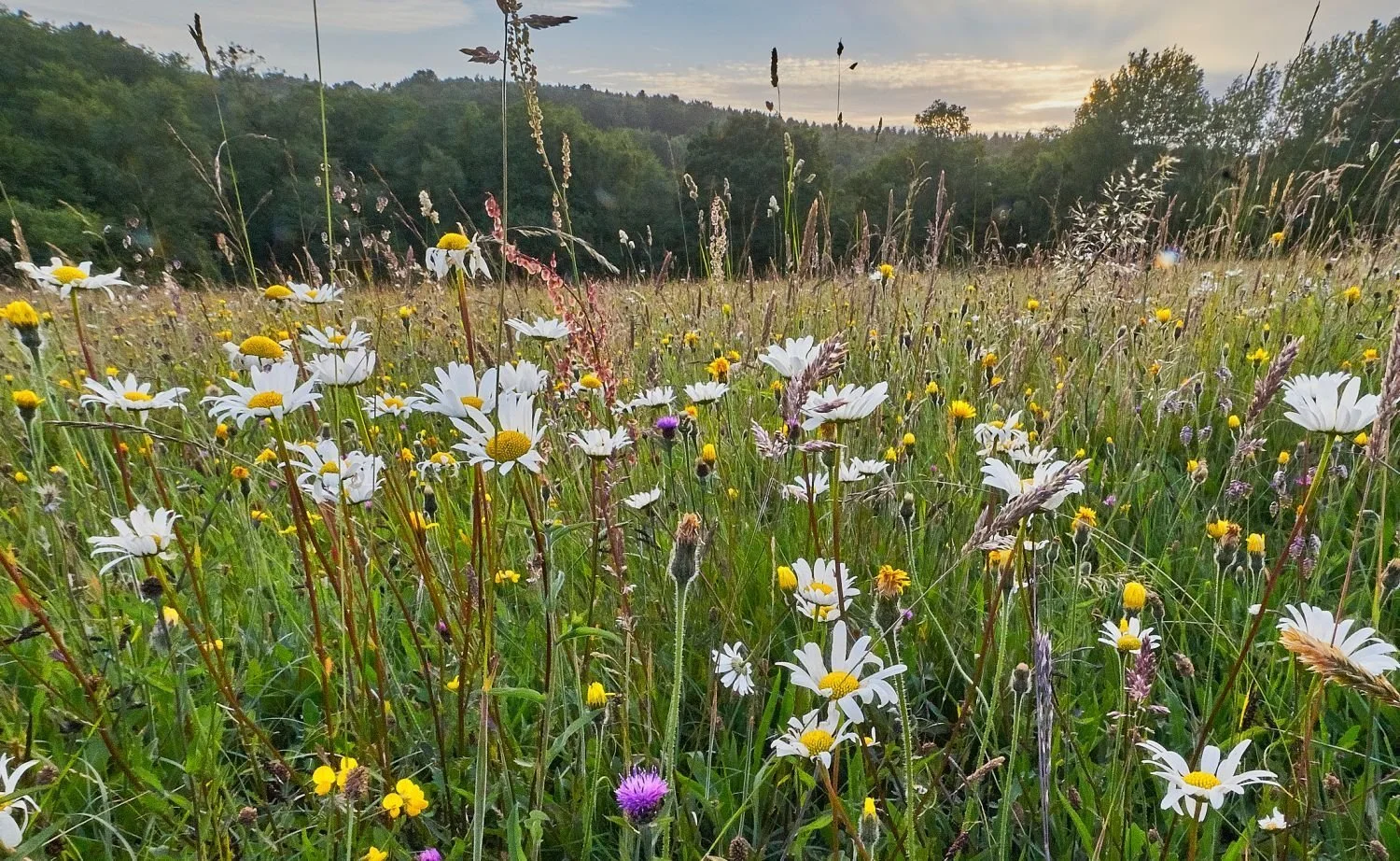As urban areas have expanded, the need for sustainable practices in landscape design has become ever more critical. Rewilding is a sustainable strategy that has been gaining traction, a concept that aims to restore natural ecosystems and enhance biodiversity.
This blog post explores the role of rewilding in sustainable landscape design, its importance and how it can be incorporated into urban settings.
What Is Rewilding?
Rewilding is the process of restoring ecosystems to their natural state by reintroducing native species, removing invasive plants and creating environments that foster biodiversity. This approach is designed to address the environmental crises by restoring degraded habitats and supporting resilient ecosystems that can adapt to climate change.
By integrating natural elements into urban landscapes, rewilding promotes ecological health and enhances aesthetic appeal, helping combat the environmental impact of urbanisation and industrialisation on our planet.
What Are the Benefits of Urban Rewilding?
Rewilding has many benefits in reducing the environmental impact of urban life and improving sustainability. Let’s take a look at some of them in more detail.
Climate Resilience, Carbon Sequestration and the Urban Heat Island Effect
Rewilding urban areas enhances climate resilience by restoring green spaces and native flora. These natural landscapes sequester carbon, mitigating greenhouse gas emissions and alleviating the urban heat island effect by providing cooling shade and reducing surface temperatures, making cities more adaptable to the effects of climate change.
Improved Air Quality and Reduced Pollution
Rewilding plays a vital role in improving air quality. Plants act as natural air filters that take in pollutants and release oxygen. Green spaces help capture particulate matter, reducing respiratory issues, which are common in urban populations. Incorporating rewilding into landscape design leads to healthier environments for residents while contributing to improved urban ecology.
Urban Habitats and Wildlife Corridors
Another benefit of urban rewilding is the creation of habitats and wildlife corridors. By designing landscapes that include diverse plant life, ponds and native vegetation, cities can better support wildlife. These habitats and wildlife corridors for animals enable fauna to navigate through urban settings and thrive in their environments.
How Can Rewilding Be Incorporated into Landscape Design?
Rewilding can be incorporated into sustainable landscape design in a number of different ways. Here, we describe some of the options available.
Green Roofs & Green Walls
Green roofs and green walls are elements that not only make urban structures look more natural and attractive but also improve biodiversity. Green roofs can host a variety of plants that attract pollinators while green walls can improve insulation and reduce energy consumption.
Green Spaces
Creating green spaces within urban environments is another effective strategy for rewilding. Parks, community gardens and nature reserves offer visitors a relaxing place to enjoy the outdoors while supporting vital ecosystems and local wildlife.
Collaboration with Ecological Consultants
When considering rewilding an area, collaboration with ecological consultants like Lizard Landscape Design and Ecology is essential. Our professionals can provide valuable insights into native species selection, habitat restoration and sustainable landscape design. To hear about rewilding initiatives that are not only visually appealing but also enhance ecology, get in touch with our team today.


